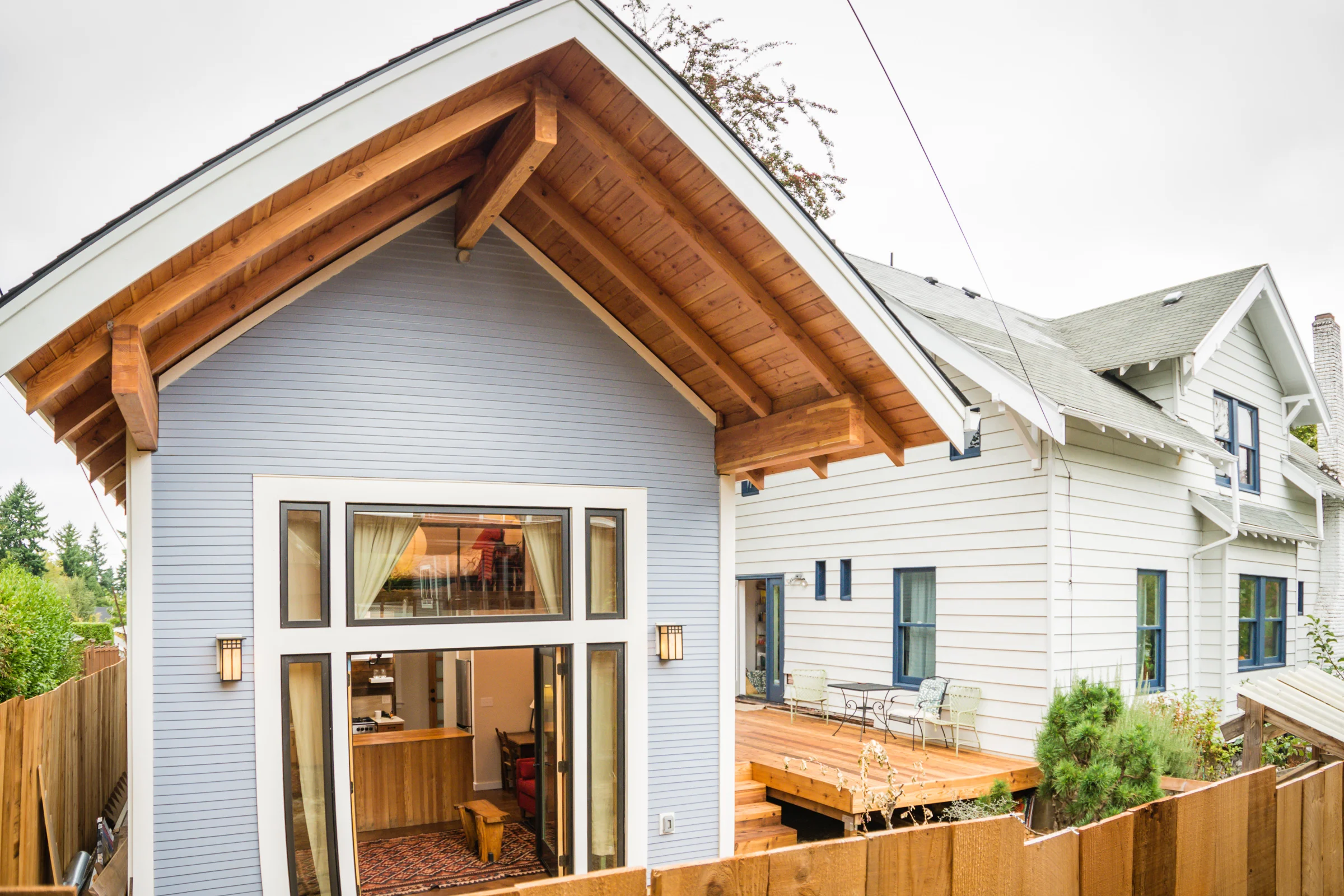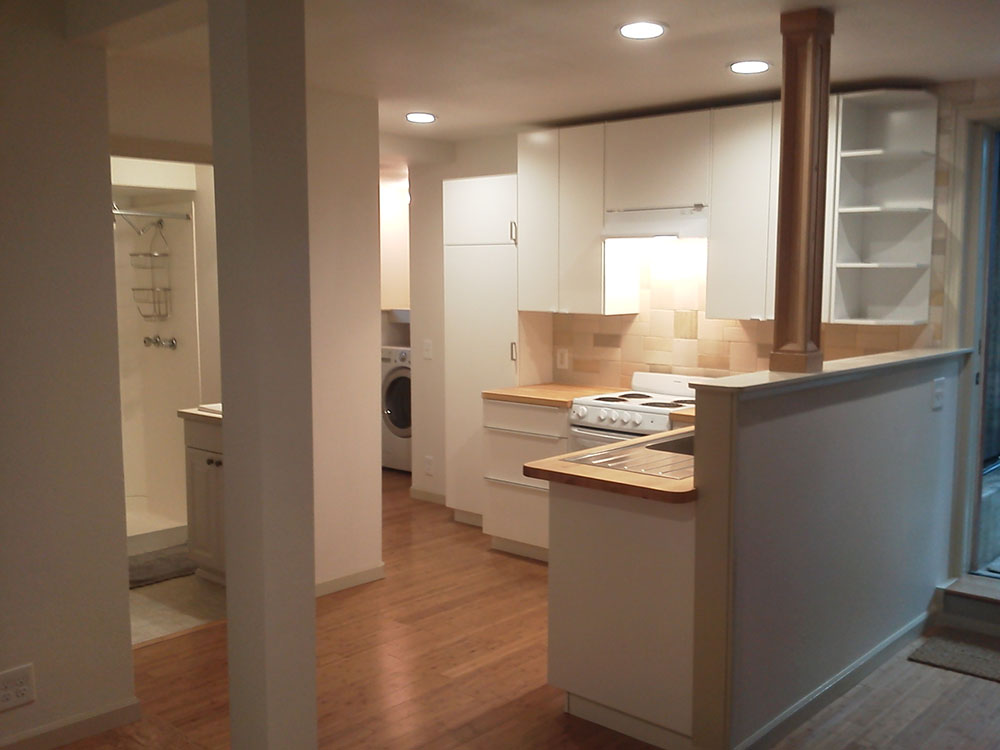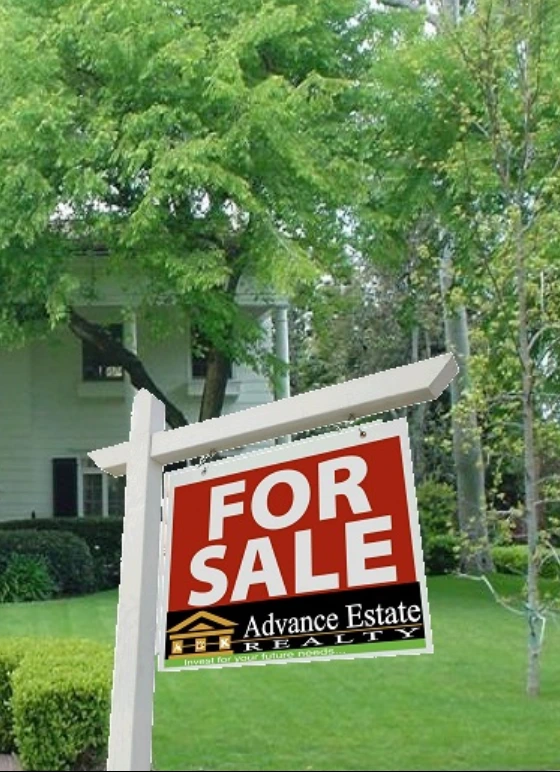https://www.buildinganadu.com/what-is-an-adu
What is an ADU: Accessory Dwelling Units explained
An accessory dwelling unit, usually just called an ADU, is a secondary housing unit on a single-family residential lot. The term “accessory dwelling unit” might sound institutional, but it’s the most commonly-used term across the country to describe this type of housing. Because the full name is a mouthful, we use the shorthand “ADU” instead.
ADUs are defined by the fact that they’re a type of housing unit—NOT a standardized structural form. When learning about a new design concept like an ADU, it’s natural to want to know exactly what that concept looks like in the flesh. However, ADUs vary in their physical form quite a bit. We want to embed the ADU design concept in or brains as a tangible object that we can mentally reference. Let’s broaden that mental model by exploring and understanding the range of common ADU types.
What are the main Types of ADUs?
ADUs come in a variety of forms: detached new construction, garage conversion, bump-out, basement conversion, and more. This list of images shows the most common structural forms of ADUs as well as some of the other terms you might hear to describe them).
1) Detached new construction ADUs, also called backyard cottages, granny flats, laneway houses, or DADUs, depending on the jurisdiction. This type of ADU is construction on the lot of a single family home, often in the back or side yard.
2) Garage conversion ADUs: Transform your garage into a home.

3) ADUs above a garage or workshop, or attached to it. In some areas, these may be called garage apartments or carriage houses:
Not sure whether you think ADUs are cool? The Fonz lived in an ADU above the Cunningham’s garage in the TV show Happy Days. Enough said.
4) Addition ADUs or “bump-out ADUs”: These are added onto houses directly, benefitting from shared walls and easier access to utilities.
5) Basement conversion ADUs, also commonly called basement apartments, mother-in-law units, in law units, secondary suites, English basements, accessory apartments, and a host of other names.
Here’s the inside of a basement ADU:
6) Internal ADUs, where part of the primary house other than the basement is converted to an ADU.
What are the common traits of ADUs?
While their structural forms vary, ADUs share many common traits and face similar design and development challenges. For one thing, the fact that they’re secondary housing units on single-family residentially zoned lots puts ADUs into a unique category. ADUs also have some other distinguishing characteristics that help further define, differentiate, and distinguish them from other housing types.
-
ADUs are accessory and adjacent to a primary housing unit.
-
ADUs are significantly smaller than the average US house.
-
ADUs tend to be one of two units owned by one owner on a single family residential lot.
-
ADUs tend to be developed asynchronously from the primary house by homeowner developers.
-
A large range of municipal land use and zoning regulations differentiate ADU types and styles, and dramatically affect their allowed uses
-
Vast numbers of informal ADUs exist compared to permitted ADUs.
These differentiating characteristics make ADUs a distinct type of housing. Until recently, there has been a lack of common understanding around the language and best practices of ADU development.
This website and the book Backdoor Revolution, fixes the lack of understanding by providing clear information about ADUs and how average homeowners develop them.
Next, we’re going to introduce a range of contextualizing information, such as why permitted ADUs are so rare and what demographics are driving ADU demand.
How many ADUs are there?
In over a dozen academic studies and professionally funded surveys that have been conducted on the presence of informal ADUs (detailed in appendix 4 of Backdoor Revolution), they have all found that a whopping 10-20% of all the housing units in their study area are informal ADUs. Granted, these studies were generally conducted in heavily populated metro centers, such as Los Angeles, San Francisco, Portland, and Vancouver, BC, but studies have also been conducted more broadly in metropolitan areas such as the Bay Area and the Boston Metropolitan Area, and the results have been similar.
Could 1/10th of all residential housing stock in the US be informal ADU-type development? If so, this means there are more than fourteen million ADUs out there.
14,000,000! It seems almost unfathomable, right?
But as I reflect on my personal experience, it actually starts to seem entirely possible. Growing up, my mom’s house had an informal ADU in the attic. My dad’s house across town also had had an informal ADU. When I moved to DC, my first home had an informal ADU in the basement.
10% of all housing stock doesn’t seem like such a far-fetched percentage when I start to think about all the informal ADU type dwellings I’ve lived with for the majority of my own life.
Indeed, the presence of informal ADUs may be the single best indicator of the need for ADUs in general. It’s a “gray market” expression of the demand for this form of housing.












